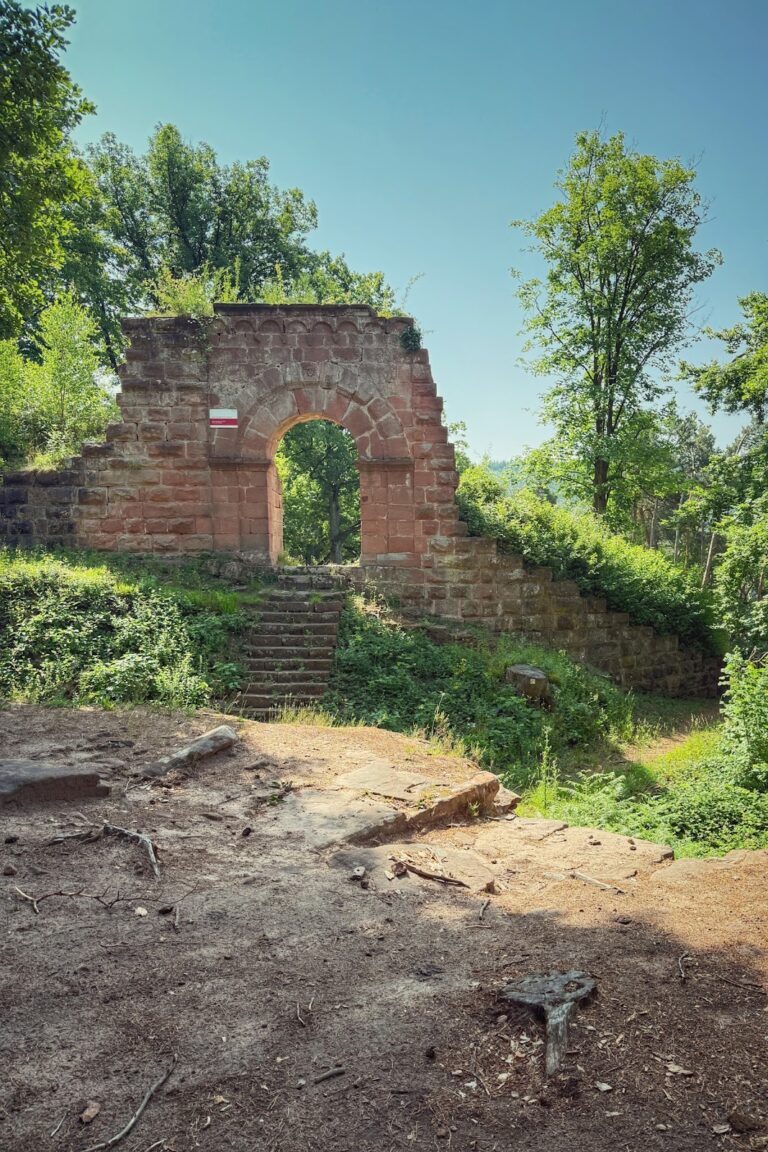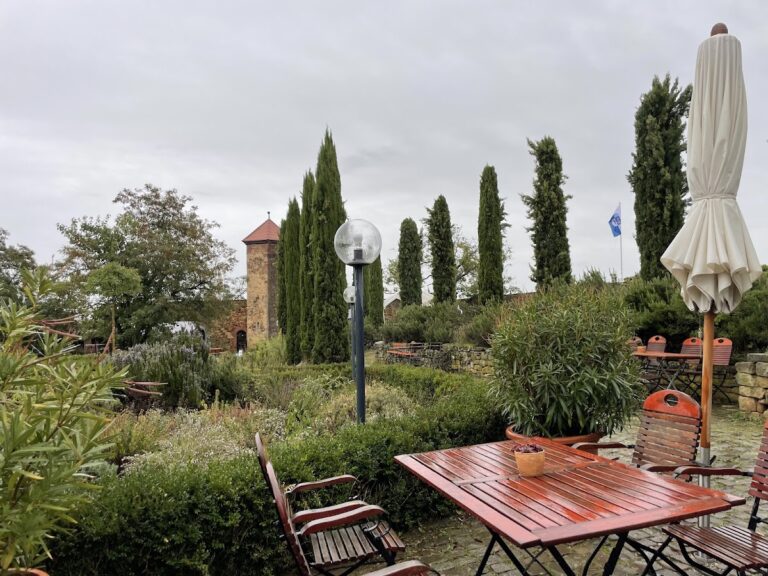Burg Neidenfels: A Medieval Castle Ruin in Germany
Visitor Information
Google Rating: 4.4
Popularity: Low
Google Maps: View on Google Maps
Official Website: burgenarchiv.de
Country: Germany
Civilization: Unclassified
Remains: Military
History
Burg Neidenfels is a medieval castle ruin situated above the village of Neidenfels in present-day Germany. It was constructed around 1330 by Count Rudolf II of the Palatinate as a replacement for an earlier fortress known as Burg Lichtenstein, located on a nearby ridge. The first surviving written record mentioning the castle dates from 1338, confirming its establishment during the early 14th century under the influence of the Palatinate rulers.
Throughout the 14th and 15th centuries, the castle was governed by a series of feudal lords who were closely tied to the regional nobility. Among these were the Lords of Lichtenstein and the von Odenbach family, specifically Gerhard and Johannes, as well as the Wachenheim and Moosbach families. In 1356, Johann von Wachenheim lent a significant sum of 500 gold guilders to support the expansion of the castle, indicating its continued development and strategic importance during this time. A few decades later, in 1409, vassal Dieter II Landschad von Steinach and his wife Irmgard were required to contribute 400 guilders toward the castle’s upkeep, illustrating ongoing investments in its maintenance.
Control of Burg Neidenfels passed through various noble families in the early 15th century. In 1410, Elector Ludwig III granted the castle as a fief to the noble Steinhausen family, who held it for a period before it came under the stewardship of the Angelloch family. The castle’s role shifted somewhat as these families took stewardship, maintaining the site within the feudal structure of the Palatinate territory.
In the late 16th century, specifically in 1577, Burg Neidenfels was bestowed upon Peter Beutterich by Elector Johann Casimir, also called the “Hunter from the Palatinate.” Beutterich was a notable cavalry colonel and diplomat who served as the elector’s foreign minister, pointing to the site’s connection with high-ranking military and political figures of the period.
The castle’s military significance came to an abrupt end during the Nine Years’ War, also known as the War of the Palatine Succession. In 1689, French troops destroyed Burg Neidenfels, leaving it in ruins. More than half a century later, in 1749, a forest official named Glöckle attempted to repurpose stones from the damaged castle to build vineyard terraces on the hill, although this endeavor did not succeed.
In the 20th century, the local community formally accepted the castle ruins as a gift in 1935. Preservation efforts began soon afterward, culminating in a substantial restoration project in 1986 that invested over 300,000 Deutsche Marks aimed at maintaining the fragile remains for future generations.
The name “Neidenfels” likely stems either from Old or Middle High German, with one interpretation referring to its position on a lower or underlying rock formation compared to Burg Lichtenstein, while another suggests a meaning connected to the “zeal and anger of a warrior,” reflecting the castle’s defensive purpose.
Remains
The remnants of Burg Neidenfels occupy a rocky hilltop rising 258 meters above sea level, known locally as the “Schlossberg.” This elevated location classifies the site as a hill castle, positioned somewhat lower than the nearby Burg Lichtenstein, which stands on a higher ridge. The castle was constructed principally of stone, which formed substantial masonry walls suited to its defensive role.
The ruins visible today primarily consist of the fragmented stone structures that once made up the castle’s fortifications. These robust masonry elements were durable enough that, in the 18th century, local efforts began to dismantle portions of the ruins for use in vineyard terrace construction nearby. This later re-use demonstrates the solidity of the original building materials and their adaptation to agricultural practices in the region.
Today, the site remains as a collection of ruins, with ongoing preservation and restoration efforts having stabilized parts of the structure. Though detailed architectural features such as gates or staircases are not recorded, the visible ruins convey the castle’s former scale and stone-built character. No inscriptions, decorative carvings, or archaeological artifacts such as pottery or tools have been documented within the existing remains.
Local historical interpretations of the castle’s name and position reflect its physical and symbolic significance. The term “Neidenfels” echoes the castle’s location on a lower rock beneath Burg Lichtenstein, highlighting its relationship within the landscape, or alternatively, it may symbolize the martial spirit ascribed to its defenders. These associations, while derived from linguistic studies, offer insight into the castle’s historical identity and strategic role.
Overall, the site preserves the enduring footprint of a medieval fortress that witnessed centuries of feudal administration, military conflict, and later reuse in the surrounding landscape, now carefully maintained as a cultural heritage landmark.










